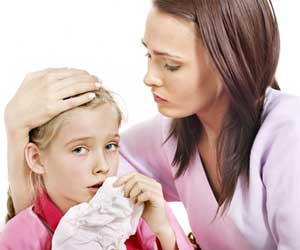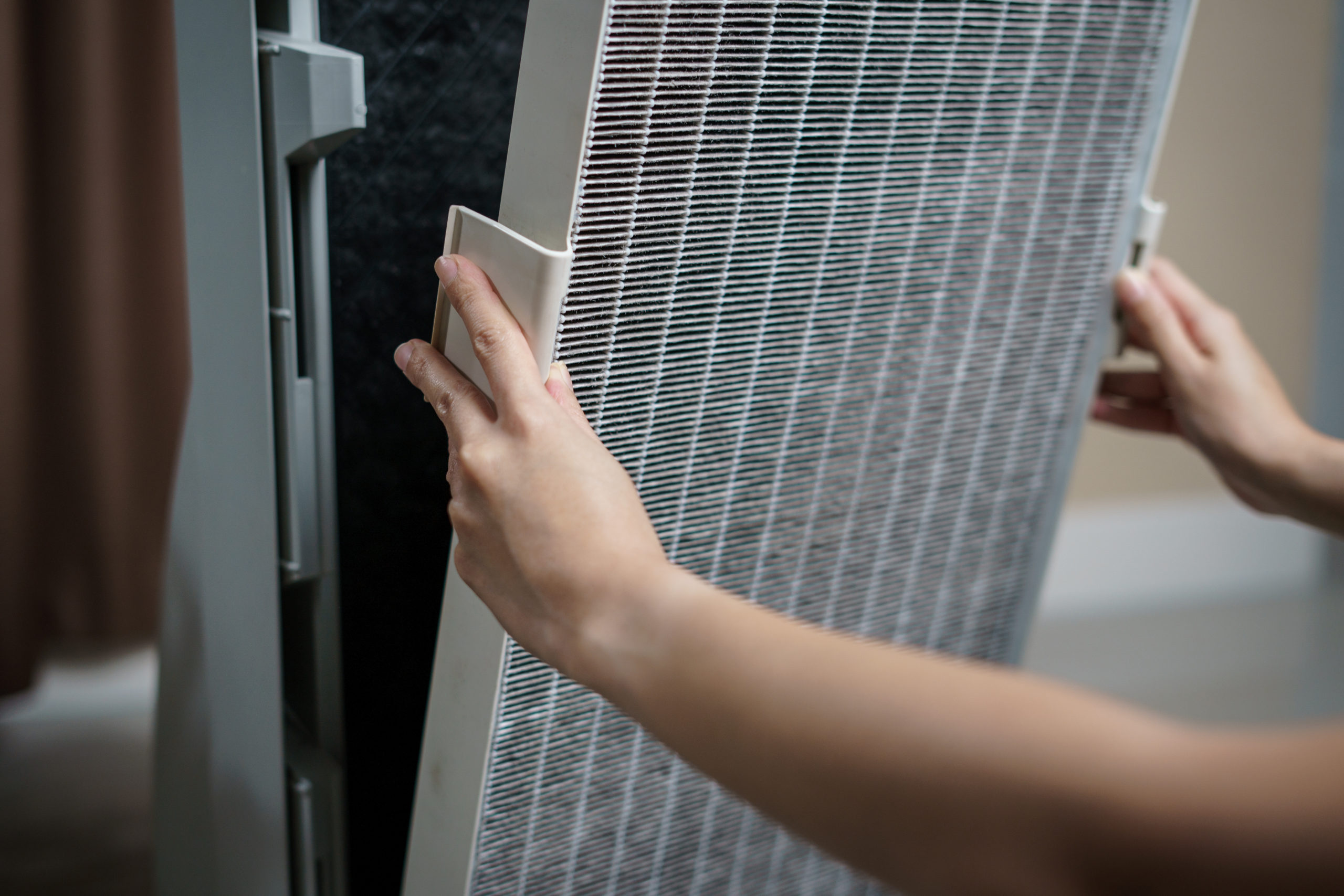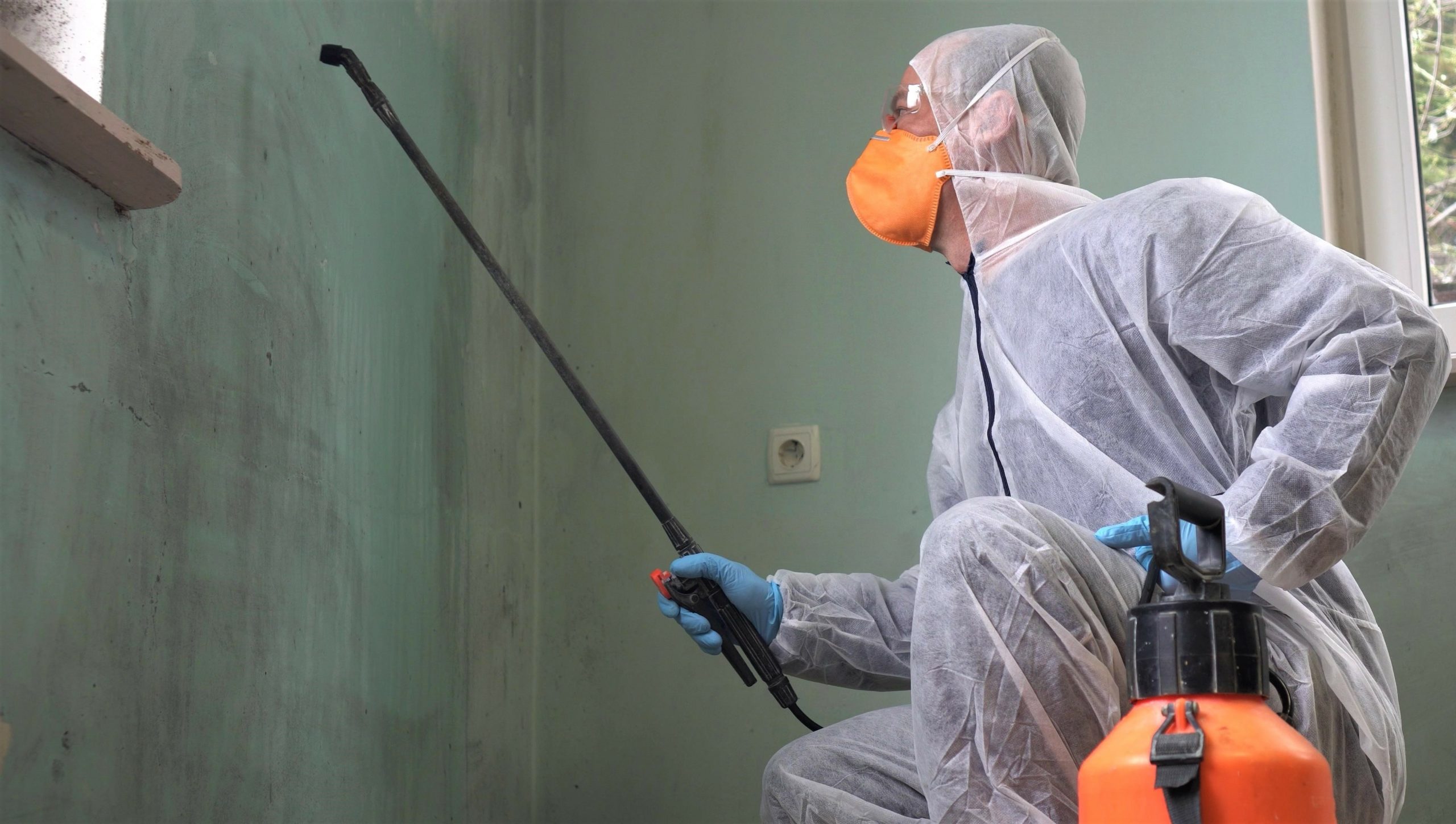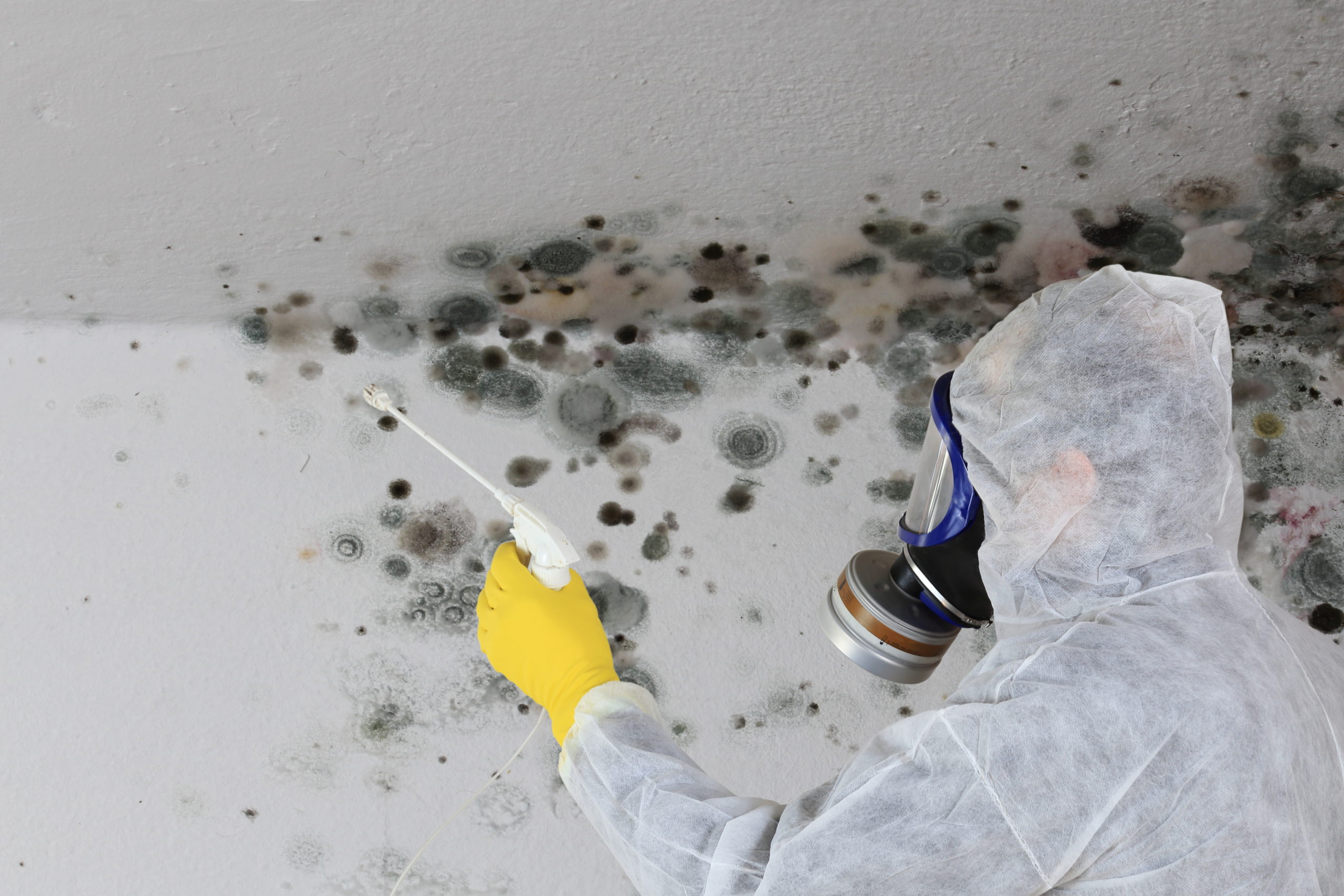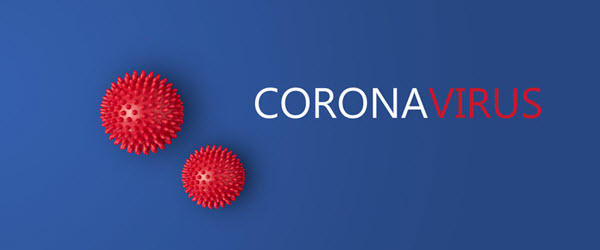Best Practices for Residential Cleaning Technicians to Prevent Infection in the Home
It is important for our residential clients to understand that proper cleaning is about more than shiny floors and neatly folded toilet paper ends. “The fact is,” says J. Darrel Hicks, REH, author of Infection Prevention for Dummies, “residential cleaning technicians are the first line of defense against common infections in the home.”
Clients should have confidence that you or your staff are practicing proper infection prevention measures and not contributing to the spread of infection within their home, or from other clients’ homes to theirs.
‘Tis the Season
All the recent news hype about Ebola aside, this is cold and flu season and it is imperative that cleaning technicians understand and practice basic infection prevention in order to contribute to the good health of their customers, and to keep themselves free from illness. As Hicks points out, “This is not only a great service to offer your clients, but it will keep cleaning business owners and their employees healthy and working during the worst of the cold and flu season.”
There is compelling evidence for the survival of bacteria on surfaces in homes:
- Clostridium difficile (C. diff)
- Vancomycin-resistant enterococci (VRE)
- Methicillin-resistant Staphylococcus aureus (MRSA)
- Viruses (norovirus, influenza, severe acute respiratory syndrome-associated coronavirus)
- Fungi such as Candida
These germs can survive for hours, days or months on both porous and non-porous surfaces, depending on conditions, just waiting to be picked up by unsuspecting hands.
Most respiratory, gastrointestinal and skin infections contracted in homes are relatively minor and self-limiting (coughs and colds, etc.). But population changes and increases, strict healthcare law and changing hospital practices now mean that an increasing number of people with low immunity to infection are cared for in the home. For infants, the elderly, pregnant women, patients taking immune-suppressing drugs, or using indwelling catheters or inhalation devices, proper hygiene in the home is especially important. Plus, there is a definite economic burden from even the most common illnesses – reduced or lost income during illness or medical leave, increased costs to employers from decreased productivity in workplaces, lost learning opportunities at schools, not to mention the inconvenience to families.
A Procedure with Real Health Benefits
Fundamental to understanding the importance of a proper hygiene-based cleaning procedure in the home is the acceptance that pathogenic and potentially pathogenic species (bacteria, viruses, fungi and protozoa) are inevitably and continually introduced into the home on people, food, pets, and insects, and sometimes by air and water. It is also important to recognize that the home is where a lot of important everyday activity occurs, like cooking, bathing, sleeping, laundry and other bodily functions that come with being human.
To devise a cleaning procedure with real health benefits for both the client and the cleaning technician, the first step involves identifying areas and surfaces where germs are most likely to be found. Another important consideration is whether these germs are likely to be present in numbers that can cause an infection. The number of germs for an “infectious dose” varies due to many factors – the type of germ, the number of ill and vulnerable people in the house compared to healthy family members, and the general cleanliness of the home, among others. The next stage is to consider all this information together and assess the probability of human exposure to the germs.
In the home setting, an assessment of risk of infection should start with looking at areas and surfaces we clean that would most likely harbor germs:
- Hands are the main carriers of pathogens in the home. Staphylococcus aureus and fecal pathogens are most likely to be present, especially after a bathroom visit. Hands are also likely to be contaminated after contact with contaminated food, people, pets or other germy surfaces. The importance of frequent and proper hand washing should be stressed, especially since alcohol-based hand sanitizers are not effective on all germs, particularly norovirus. Cleaning technicians should be taught the proper way to put on, use and remove gloves, and proper hand washing techniques. This protects both the cleaning technicians and the clients.
- Sinks and toilets are potential germ reservoirs because they are the ideal environment for growth of pathogens. Even though the probability of contamination is high, the risk of germ transfer is low under “normal” conditions, but can greatly increase when someone is ill (e.g. fluid diarrhea and/or vomiting). Hopefully, a client will cancel when someone is acutely ill in their home, but chances are they won’t. Train cleaning technicians to assume the worst and practice good infection prevention under all circumstances.
- Cleaning cloths, especially damp ones, are often an overlooked disseminator of germs, and can carry a high risk of transfer and exposure to germs. Cleaning cloths should be chosen based on ability to remove and hold germs to prevent their spread, and should be changed often based on the likelihood of contamination of the sites being cleaned, and be laundered and decontaminated properly.
- As with bathrooms, the probability of contamination in the kitchen is relatively low, especially on the food preparation surfaces. It can be significant in the presence of contaminated food or fecal matter, however. How was the raw chicken for last night’s dinner prepped before cooking, and was the counter properly cleaned to destroy the Salmonella that was most likely present? Since there is an undeniable and constant risk of cross contamination, preventive measures are critical.
- There is a low but ever-present risk of contamination for cleaning technicians who handle laundry. Gloves should always be worn when dealing with bathroom towels and bed linens. Cleaning technicians shouldn’t hold dirty laundry against their bodies, and proper hand washing is again very important.
- Surfaces such as floors, walls and furniture don’t usually need decontamination except where there is a known risk, such as the walls beside a toilet, the bedside table of a child who has been ill or a pet accident on the floor. But how often do we as cleaning technicians know when this has occurred? Again, train cleaning technicians to assume the worst and practice good infection control under all circumstances.
Proper infection control in residential cleaning is not intended to wipe out every germ or achieve a clean-room-level of sterility; in fact, such a condition is nearly impossible to achieve in a common home or apartment. There is much research to indicate this is detrimental and some microbial exposure is expected and advantageous to a normal and healthy human immune system. Our job as skilled, knowledgeable cleaning technicians is to design and execute a cleaning procedure which will reduce germs to a level which is not harmful to health, or, in other words, which will break the chain of infection transmission.
The act of cleaning is full of unknowns. Is that sticky substance on the kitchen counter dried liquid from a package of raw meat? Do all these crumpled tissues on the floor and in the trashcan by the bed mean someone has a cold? In effect, our cleaning procedure should not address what people ought to do to maintain basic hygiene in their homes, but what they actually do.
Hicks shares some key strategies for routine cleaning and disinfection practices for residential cleaning technicians:
1) Remove Soil First
“Remove the bad guys instead of depending totally on disinfectants,” urges Hicks. In most situations, removal of a vast majority of microorganisms from a surface can be achieved with warm water, soap or detergent, and a high quality cleaning cloth. Rinsing and drying a surface after it has been cleaned also provides significant antimicrobial action. Hicks discourages the use of cotton rags for cleaning. “Many people say microfiber is too expensive, but considering that microfiber has been proven to grab and hold soil and germs, whereas cotton just pushes them around on a surface, I think microfiber is a great investment due to its better performance,” says Hicks.
2) Use the Right Type of Disinfectant
Toilets and sinks are areas where we should not be afraid to use a disinfectant due to the nature of their waste-elimination function. Hicks recommends the use of hospital-grade disinfectants because if you buy it concentrated and dilute it yourself, it is cheaper and no more toxic than buying it off store shelves, and it kills a wider variety of problem germs. Hicks points out that removing soil first before applying a disinfectant sets the stage for successful killing of germs. “Disinfectants should only be used on pre-cleaned surfaces because a large soil load interferes with a disinfectant’s germ killing power.” Disinfectant labels instruct users to let the disinfectant “dwell” on a pre-cleaned surface for a specific amount of time so the disinfectant has time to kill the germs on the surface. This dwell time is different for each type of disinfectant. “Spraying a disinfectant on a surface that hasn’t been properly cleaned first and then wiping it off is basically a waste of disinfectant (which is a waste of money), time and labor since it doesn’t kill any germs or clean especially well.”
3) Dust Regularly
We all know the force of a sneeze or a cough can propel all kinds of germs into the air at a high velocity and is a very effective way to share your germs with others. But bacteria, viruses and fungi like to hitch rides on dust motes and ride air currents to all kinds of exotic places that a sneeze alone can’t help them reach. Dust bunnies are carriers of all kinds of germs. When done correctly, regular dusting also removes a remarkable number of germs and is another important aspect of infection prevention.
Final Thoughts
If a homeowner cleans regularly and practices basic hygiene, there’s very little risk from the pathogenic germs that find their way into homes. But as residential cleaning technicians, research and experience shows we can’t assume the client does this – after all, that’s why they hired someone else to clean for them. By educating ourselves about infection prevention practices and developing cleaning procedures to address them, we in the cleaning industry can stay healthy ourselves and give our clients the confidence they are putting their homes, their health, and the health of their families in the capable hands of well-trained cleaning technicians.
Janice Stewart is the owner of Castle Keepers of Charleston and driving force behind the development of the Modern Cleaning approach, Janice brings her scientific and healthcare background to inform the development of effective, safe, and healthy cleaning methods.

